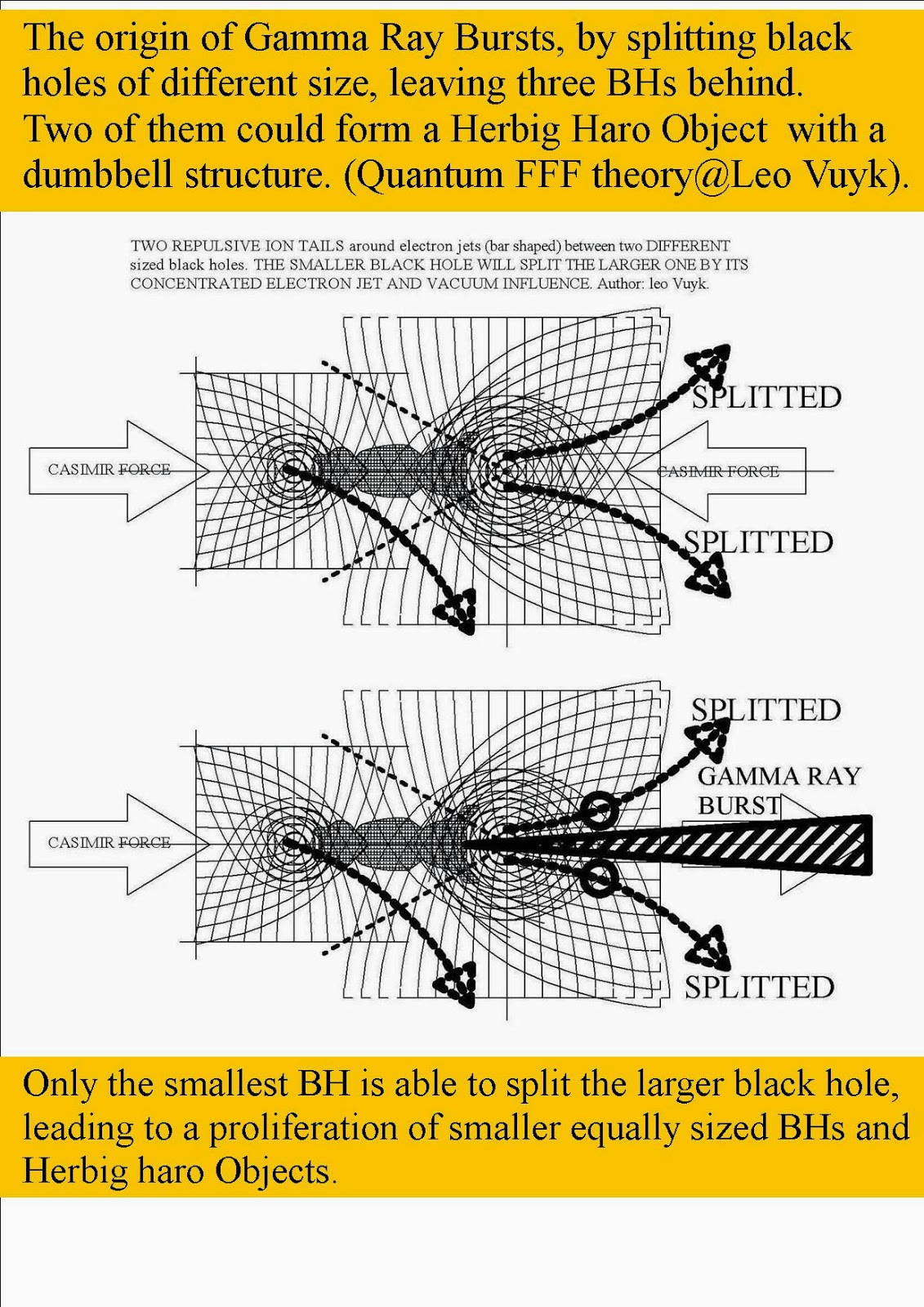

Radial pitch shifting or string-bending, the application of force to bend a string from its equilibrium position, and has become an integral part of electric guitar lead playing. The ability to explore micro-tonality and segue between pitches in a continuous manner is one element of guitar playing that sets it apart from other popular instruments where pitch is discrete. The implications of these findings on the configuration and design of guitars is also discussed. The string-bending model is experimentally validated using a variety of strings and vibrato dynamics are simulated. In this work, models for these processes are derived and the implications for guitar and string design discussed. While the mechano-acoustics of stringed instruments and vibrating strings are well studied, there has been comparatively little work dedicated to the underlying physics of unique electric guitar techniques and strings, nor the mechanical factors influencing vibrato, string-bending, fretting force and whammy-bar dynamics.

Similarly, a wide variety of techniques unique to the electric guitar have emerged.

Unlike other more quantised instruments where pitch is a discrete function, guitarists can incorporate micro-tonality and, as a result, vibrato and sting-bending are idiosyncratic hallmarks of a player. In the hands of an experienced player, electric guitars can sound as expressive and distinct as a human voice. Electric guitar playing is ubiquitous in practically all modern music genres.


 0 kommentar(er)
0 kommentar(er)
